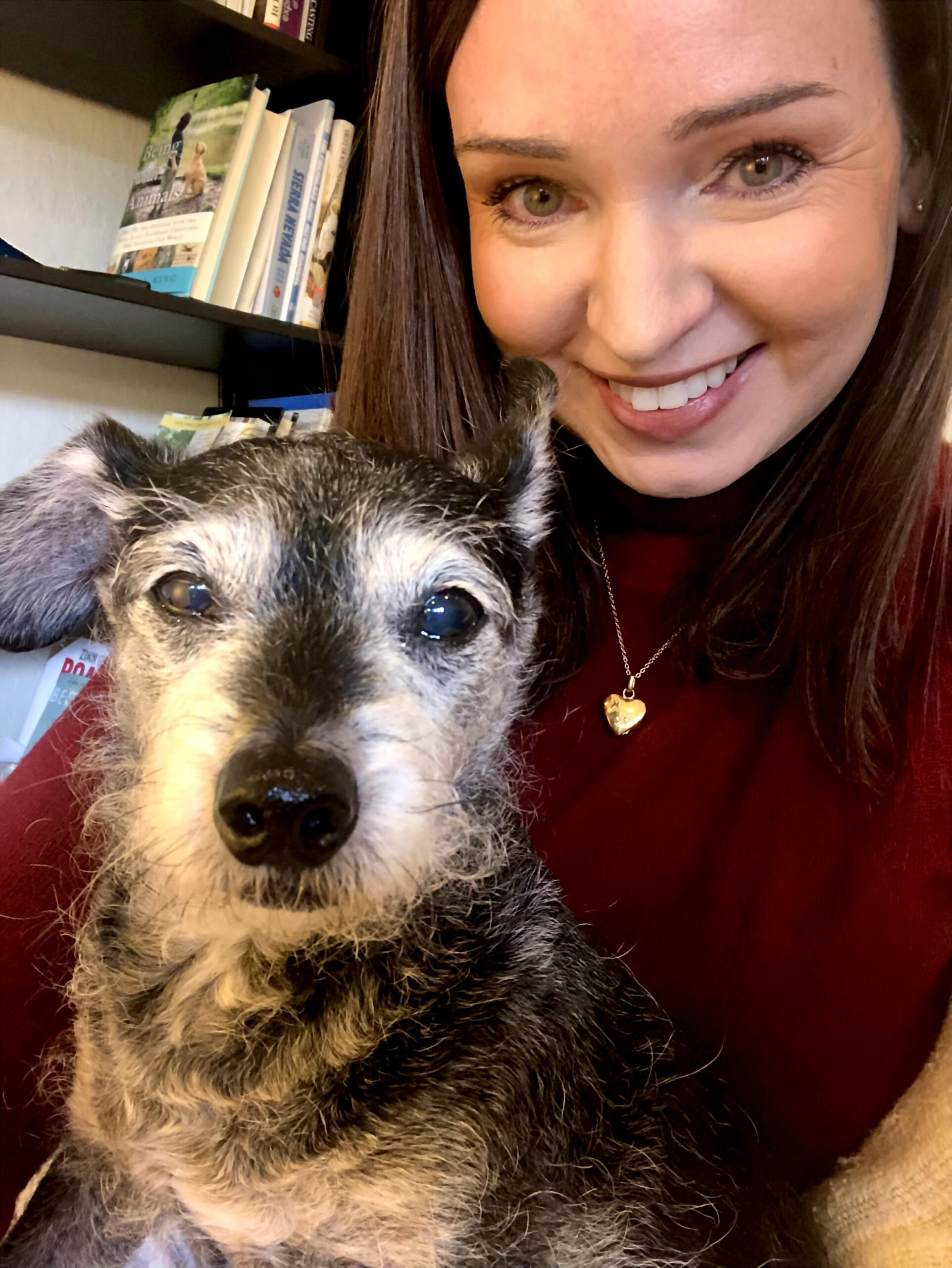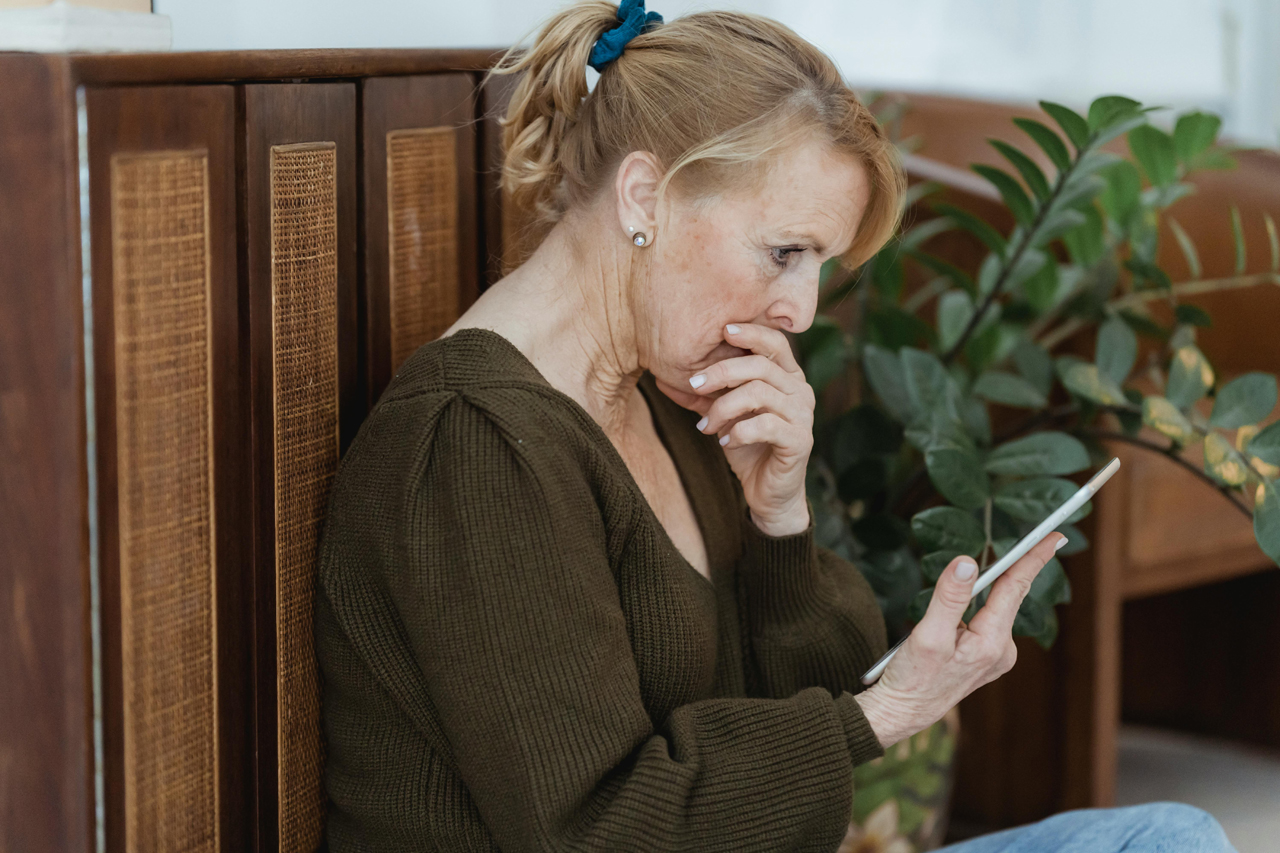By Dustin Kieschnick and Katie Lawlor, on behalf of the Oxford Centre for Animal Ethics
Animals play a huge part in the lives of many people. We may be their guardians, feel compelled to protect wildlife, work in animal welfare and rescue, or serve in the veterinary medicine field.
When we are confronted with a threat to the life of an animal, or learn of cruelty toward them, we may experience an immediate and overwhelming sense of trauma. Trauma is a term that is commonly used in today’s society, but it is a complex psychological term that can have severe repercussions on those who have endured it.
What makes something traumatic?
The Psychiatric Diagnostic Manual (DSM) describes trauma as exposure to an event that is sustained as physically and/or emotionally harmful, and that has potential lasting adverse effects on our lives. Trauma can occur through experiencing something directly, witnessing something happen to someone close to us, or be the result of repeated exposure to the distressing details of an event or series of events. Many clinicians are beginning to make the case that this criterion in the DSM should include harm to companion and wild animals as well.
Exposure to trauma can take several forms, including through photo or video depictions. In particular, social media platforms often provide less-filtered, more raw depictions of events accompanied by graphic imagery. While we may be witnessing at a distance via our electronic devices, perhaps from the comfort of our homes, we are nonetheless exposed to traumatic content. It is from this first viewing that we can begin to envision ourselves in these horrendous scenarios, and it begins to impact us both mentally and emotionally.
The complexity of trauma
There’s an additional layer of complexity when it comes to trauma exposure: while it doesn’t necessarily hold true that if we see a graphic image we are automatically traumatised, for those of us who care about animals however, the inhumanity becomes personal.
The impact trauma can have on us is influenced by our own histories of trauma, our ethics and values, and our sense of connectedness to the affected. As we witness an animal’s suffering, perhaps we put ourselves in their situation. Perhaps we feel safe in their company and want to ensure they are safe and protected too. Perhaps we feel most at peace in nature, and believe that peace should extend to them, especially in their natural habitats. Perhaps we have trained extensively in a related profession and feel painfully inadequate when we can’t use our talents and resources to save and heal them.
What makes trauma so challenging is that the cognitive processes in our brains that enable us to take action are often not straightforward. Rather, we may experience numerous detrimental psychological effects that can act as blocks in our attempts to help.
Guilt
When a traumatic event occurs, we as humans tend to blame ourselves: we believe that we should have been able to stop the event from happening or done more to influence the outcome; we have trouble accepting that it happened; and/or we try to forget it happened. These thoughts are often more intense and damaging if pain and suffering was experienced, or if loss of life occurred.
Over time, these thoughts can develop into a pattern, and we begin to view ourselves, others, and the world through a negative, destructive, dangerous lens. We may begin to feel hopeless, incapable, or depressed, and that our small efforts or donations are meaningless, given the global devastation and immense magnitude of the problem.
Why do we do this to ourselves? It is not a conscious choice: it is our brain’s way of creating order and finding reason amidst chaos, of “protecting” us from the horrific abuse and neglect these animals are facing. Our brains are hardwired to avoid pain; if we will adopt a protective rationale, if we don’t get involved, if we don’t make ourselves vulnerable, if we don’t entertain the overwhelming scope of the problem, then we can stay in control of our lives and spare ourselves from anguish.
To challenge our feelings of guilt, people may jump into action mode. Often the first step is to utilise social media, as platforms such as Facebook, Twitter, and Instagram are easily accessible for both content creator and viewer. The animal welfare organisations may engage social media followers in their campaigns, which frequently depict and document animal brutality to raise awareness, often in the context of vital fundraising, legal purposes, or news coverage. Some of us may even elect to receive text alerts on our phones, essentially giving these organisations intimate access to our lives at all times.
The role our emotions play
While we begin to feel meaning and fulfilment again through our reinstated commitment, we may also begin to experience a myriad of emotions related to the traumatic events we are once again exposed to. It can be helpful to know the terminology psychologists use to explain the two types of emotions you might be feeling:
The first are referred to as natural emotions. These are the feelings universally experienced by humans: sadness, loneliness, isolation, fear, hopelessness, anger, confusion, disbelief, etc. While reflection on the traumatic event will always evoke natural emotions to some extent, they should become more bearable with time.
The second type of emotions we may experience following a traumatic event are known as manufactured emotions. These feelings are derived from our personal interpretation of the event. For example, if we believe that we should have been able to save the animal, or that we didn’t do enough to protect them, then we will most likely feel shame, worthlessness, and several other damaging feelings.
Our mental health in a digital age
If this digital landscape wasn’t difficult enough to navigate, there is emergent research indicating what is termed a dose-response relationship in trauma. This means that the more you are exposed to traumatic content, the more at risk you are of being impacted. While some individuals are able to recover and heal from exposure on their own without any treatment interventions, others may experience acute and persistent aspects of mental health conditions such as compassion fatigue, burnout, and Post-Traumatic Stress Disorder (PTSD).
For this community, vicarious traumatisation can also occur. This is when trauma symptoms that arise from repeated exposure to traumatic media content can lead to disheartening changes in one’s worldview, ability to emotionally regulate, questioning of self-identity, and several other damaging symptoms.
Balancing reality with hope
The truth within the animal welfare community is that exposure to traumatic content via the media, especially on social platforms, is a reality. Most likely this occurs on a daily (hourly) basis, depending on who you follow and what you do. At the same time, it creates a conundrum when thinking about raising awareness – there is a risk of too little exposure not engendering the public reaction needed to prompt change, with too much becoming emotionally inundating or flooding our capacity to respond in effective manner. The objective is to become aware of the concerning effects of exposure, and to be judicious about how and what content is disseminated.
So, how should we proceed then, understanding there are always more animals to be saved? In 2020 we piloted a study with a group of US-based veterinarians, a profession that is often on the frontline of traumatic cases. The study examined the effects of virtual peer support groups (held via Zoom), utilising a comprehensive range of evidence-based measures to determine what actually aided them (from a psychological perspective) in this role.
While we discovered a number of beneficial insights, what proved most valuable to these vets was a consistent, accessible, and supportive community. In this space their thoughts and feelings were normalised and validated by those who “get it” and whom they trusted, given shared encounters and backgrounds. Vets could also encourage fellow participants to ask for help when they needed it and discover what others have done in similar situations. Relatedly, they reported that communicating their concerns aided them in making sense of what they were going through and reminded them they are never alone. Most of all, these sessions created a setting for building comradery and empathy, while removing stigma and barriers to care.
Conclusion
While social media can connect us to the causes we care about, we need to be aware of the psychological components of involvement in animal welfare. The impact of trauma exposure is undeniably real. However, healing and unburdening can be achieved with a community of compassionate and dedicated individuals who are committed to helping others as well as the animals they care about.
ABOUT THE AUTHORS


Dustin Kieschnick and Katie Lawlor presented an earlier version of this paper at the Annual Oxford Animal Ethics Summer School on Animals and the Media: Communicating Ethical Perspectives on Animals held at Merton College, University of Oxford, August 7-10, 2023: Animals and Media – Oxford Centre for Animal Ethics (oxfordanimalethics.com). The Oxford Centre for Animal Ethics is an independent centre pioneering ethical perspectives on animals through academic research, teaching, and publication. The Centre comprises more than 100 academic Fellows worldwide.
Web: www.oxfordanimalethics.com/home
Instagram: @oxfordanimalethics
YouTube: https://www.youtube.com/@oxfordanimalethics
